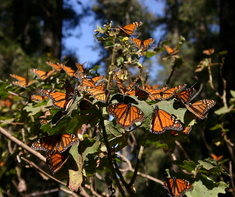
Marvels of Migration: The Monarch
First published: Thursday October 7th, 2021
Report this blog
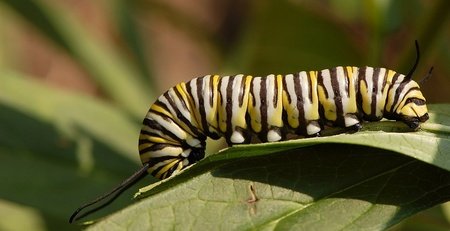
Migration
Almost everyone knows about the amazing migration journeys of birds across the planet. This includes tiny warblers travelling across the United States and Mexico and back each year or the amazing Arctic tern which migrate between the Antarctic and Arctic. Also well known are salmon who migrate to and from the ocean, including swimming against the current to return to the freshwater and spawn. Or there's the Wildebeests of Africa which travel in a loop through Kenya and Tanzania who move depending on the weather. But a somewhat lesser mentioned migration story is that of the Monarch.
The Monarch Migration
So we arrive at the migration of the monarch butterfly. The monarch, characterized by its beautiful and distinct orange color, travel all across North America (between Mexico and Canada) each year.
The intriguing part is that these little guys never live to see the full journey through. Instead, it takes about four generations to complete the entire yearlong round trip journey. So how do they know how to get back "home" if they have never been "home" to begin with? Or how does each butterfly know which path to take or even which direction to go? The answers to these questions still linger, though much research has shed light on how monarchs do and do not migrate.
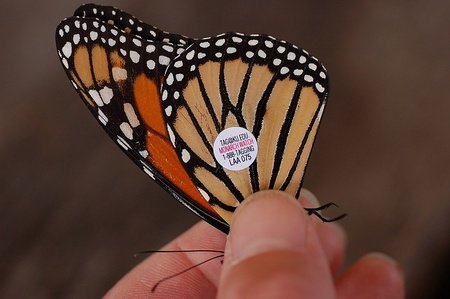
Much evidence suggests that monarchs travel based on the angle of the sun's trajectory with the horizon. Furthermore, the monarchs may have an internal clock to adjust for the sun's position. There are even theories which propose the existence of a "genetic map" which is passed down through the generations.
To make things more interesting, not all monarchs are migratory. There are many other organisms of the same species in different parts of the world which do not migrate (e.g., in New Zealand).
The migration of the monarch is quite magnificent. These small insects and their offspring fly up to 4000 miles south before winter each year, then make the return trip the following spring back north. I have personally heard stories of people seeing giant swarms of these beautiful creatures flying along the atlantic coast making their way to Florida or Mexico.

Monarch "Fun Facts"
1. It seems like most people know about the monarch, but did you know about its "twin" the Viceroy?
Viceroys look extremely similar to nonarchs, sharing the distinct orange/black color scheme. They also live in overlapping regions, which can lead to misidentification by those who aren't aware of this Müllerian mimicry.
These species can be distinguished however. The hindwing of the viceroy has a stripe that cuts straight across the hindwing, which is absent in the monarch. (Also, the species are easily distinguished as a caterpillar.)
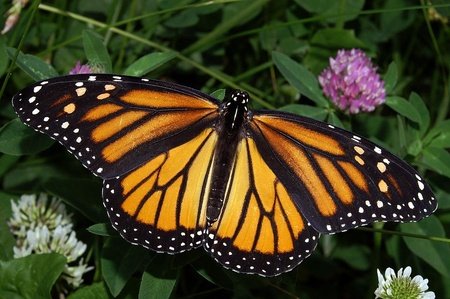
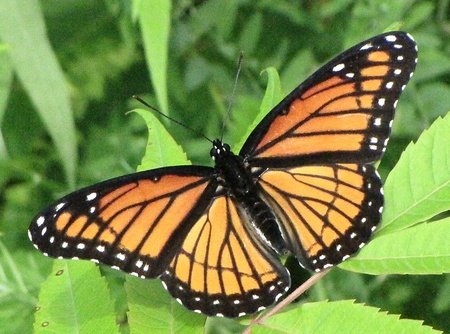
2. The other interesting fact about monarchs is that they have successfully been bred in space!

get it?Otherwise I guess I don’t get it
And no, I wasn’t planning on making this a series. (Maybe if there’s enough interest I could come out with another? Idk)
And yes, mine have Aphids but I choose to leave them because if I let the caterpillars EAT the milkweed, what’s to exclude the aphids from trying to survive? After all, they only complaint against them is that they also EAT the milkweed. If the plants run low, I just buy a new plant lol.
But sounds like you have a lot there!